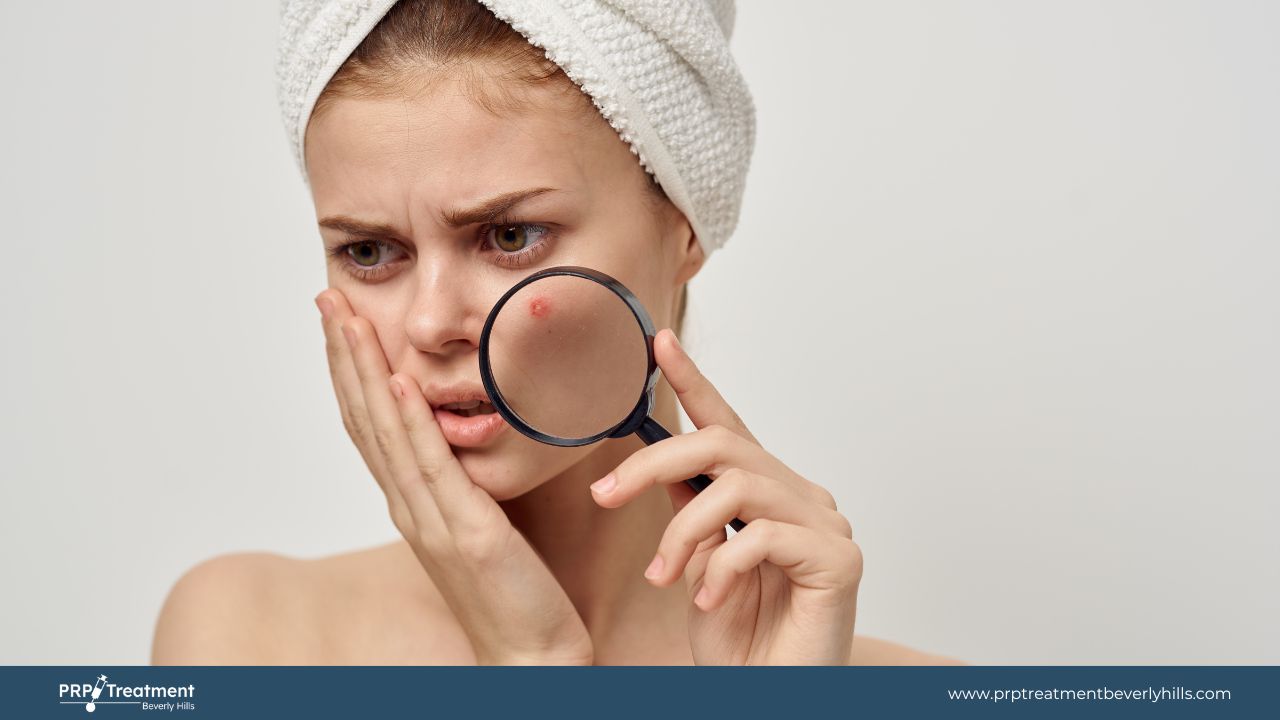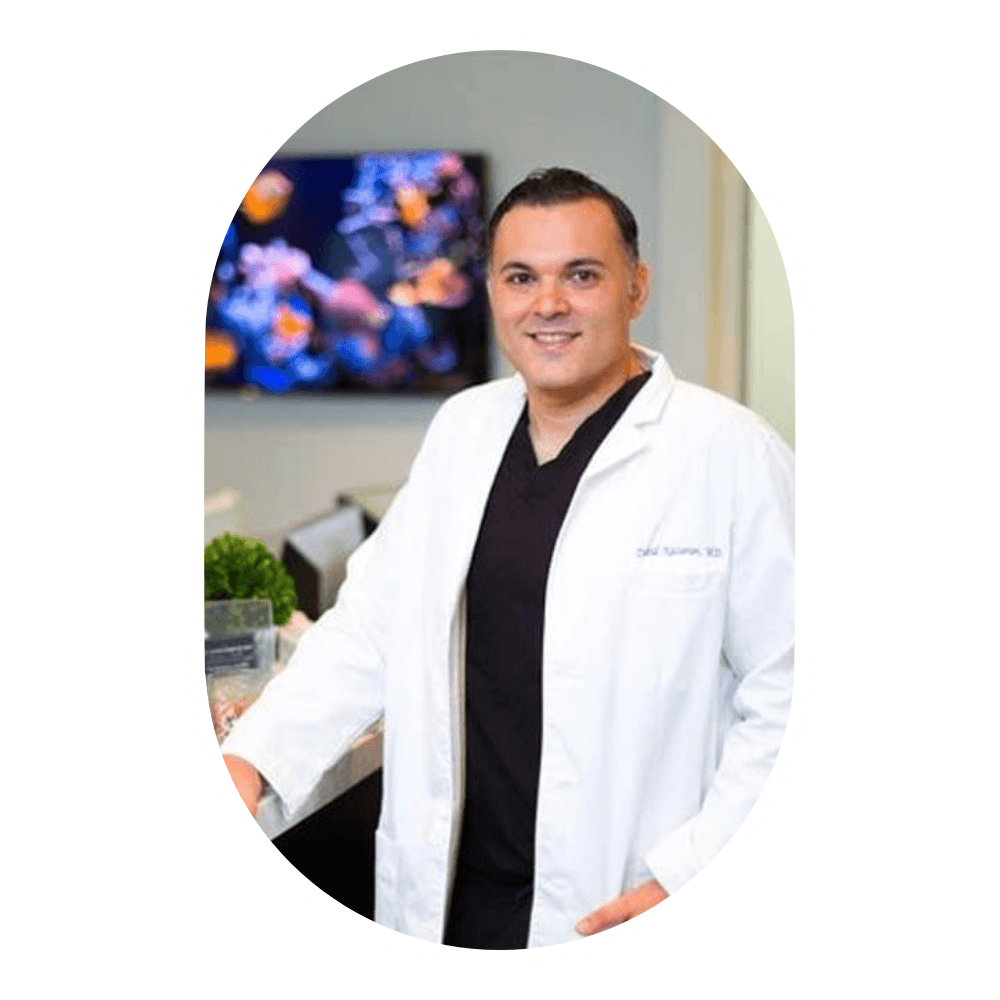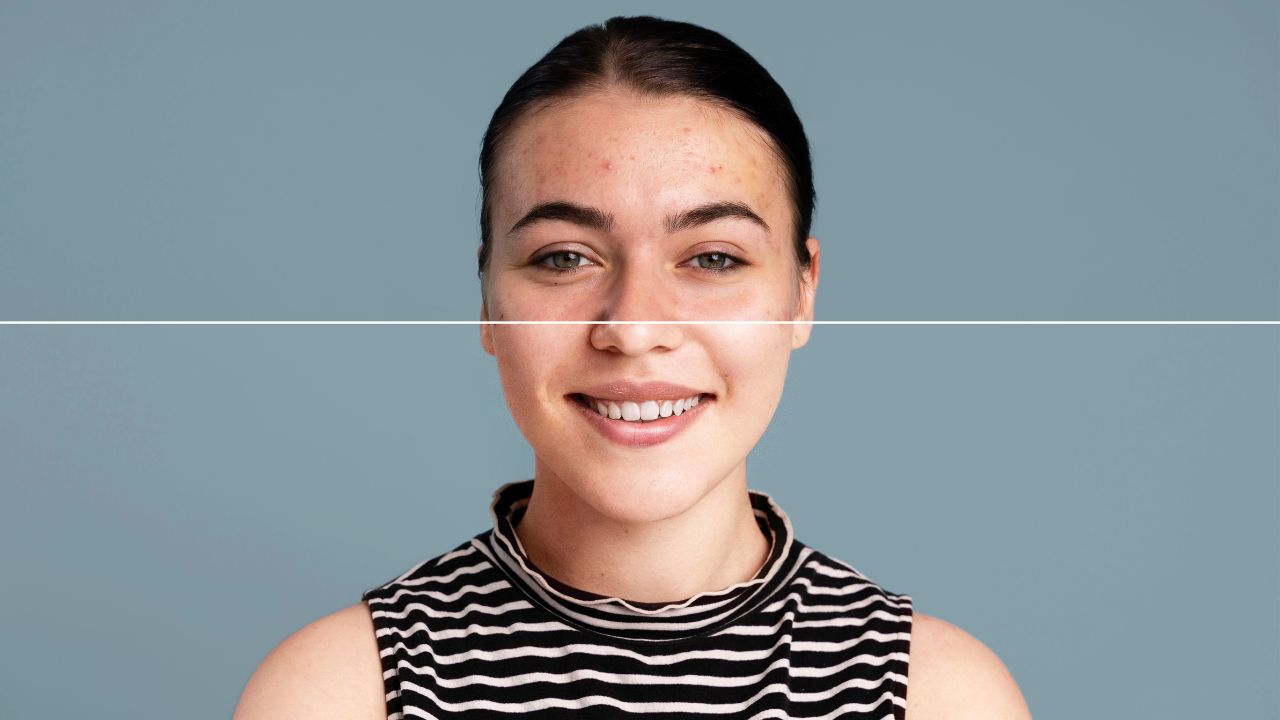Acne scars can be a persistent reminder of past breakouts, often leaving people feeling self-conscious about their skin’s appearance. While acne may heal over time, the scars it leaves behind can take much longer to fade. Fortunately, various treatments can improve the appearance of these scars, with Platelet-Rich Plasma (PRP) facials emerging as one of the most promising solutions. In this guide, we’ll explore how PRP facials work, how they help treat acne scars, and why they’re becoming increasingly popular.
Understanding Acne Scars
Before we discuss how PRP treatment for acne scars, it’s essential to understand what acne scars are and how they form. Acne scars result from inflammation caused by acne lesions. A pimple, cyst, or blackhead rupture can damage the surrounding skin tissue, leading to scarring.
Types of Acne Scars:
- Ice Pick Scars: These are deep, narrow scars that resemble small holes in the skin, often leaving a pitted look.
- Boxcar Scars: These are broad, angular depressions that often have sharp edges, resembling chickenpox scars.
- Rolling Scars: These are broad depressions with smooth edges, creating a wave-like appearance on the skin.
How Acne Scars Form:
Scarring occurs during the healing process. Collagen production is essential when the body repairs the tissue damaged by acne. However, producing collagen in excess or insufficiently results in either raised or depressed scars. The healing process can take months or even years, with some wounds resistant to typical over-the-counter treatments.
Common Myths About Acne Scars:
- Myth 1: Acne scars are permanent.
- Myth 2: Over-the-counter products can eliminate acne scars.
- Myth 3: Only deep scars can benefit from professional treatments.
What is PRP Facial?
PRP stands for Platelet-Rich Plasma, a substance derived from your blood. This plasma is rich in platelets and growth factors essential for tissue regeneration and healing. PRP facials involve extracting a small amount of your blood, processing it to concentrate the platelets, and injecting or applying the plasma to your skin.
The Science Behind PRP: The growth factors in PRP stimulate collagen production, promote tissue healing, and encourage skin cell regeneration. By enhancing the body’s natural healing process, PRP facials can help improve skin texture, reduce the appearance of scars, and promote overall skin rejuvenation.
Step-by-Step Process of a PRP Facial:
- Blood Draw: A small amount of blood is drawn from your arm.
- Processing the Blood: The blood is placed in a centrifuge to separate the plasma from the red blood cells.
- Application: The PRP is then applied to your face through microneedling or directly injected into the skin.
- Healing: The growth factors in the PRP stimulate your skin to heal and regenerate, reducing scarring and improving texture.
Benefits of PRP Facial for Acne Scars

PRP facials are particularly effective in treating acne scars because they stimulate collagen production and promote skin regeneration. Here’s how PRP helps:
- Stimulates Collagen Production: Collagen is crucial for healthy, youthful skin and is necessary for healing acne scars. By stimulating collagen production, PRP helps fill in depressed scars and smooth out the skin’s surface.
- Improves Skin Texture: PRP facials can improve skin texture, making it appear smoother, more even, and healthier overall.
- Helps with Other Skin Concerns: In addition to acne scars, PRP facials can also reduce fine lines, wrinkles, and other signs of aging, giving you a more youthful and rejuvenated appearance.
- Minimal Downtime: One of the standout benefits of PRP facials is the minimal downtime. Unlike more invasive treatments like chemical peels or laser resurfacing, PRP facials typically involve little to no recovery time.
Studies Supporting PRP for Acne Scars:
- PRP for Treating Acne Scars: A Review: This review emphasizes the effectiveness of PRP in promoting collagen deposition and accelerating wound healing. It notes that PRP is effective for treating atrophic acne scars and can be used alone or in combination with other methods [1].
- A Split-Face Comparative Study on PRP and Microneedling: In this study, PRP combined with microneedling showed better results in improving acne scars than microneedling alone. The combination therapy enhanced scar appearance and led to higher patient satisfaction and quicker recovery times [2].
- PRP and Fractional Ablative Laser Therapy: A study reviewing the effectiveness of PRP found that PRP, when combined with fractional ablative laser therapy, was particularly effective in multiple sessions. This combination therapy significantly reduced acne scarring and provided faster, more dramatic results than PRP alone [3].
What to Expect During and After a PRP Facial
Pre-Treatment Consultation: Before your PRP facial, you’ll have a consultation with a skincare professional. During this assessment, your skin type and the severity of your acne scars will be evaluated. Your provider will discuss your goals and expectations for treatment.
What Happens During the Procedure: Depending on the treated area, the PRP facial typically takes about 30 minutes to an hour. While the procedure may cause discomfort, a topical numbing cream is often applied to minimize pain. The treatment is well-tolerated by most patients.
Post-Treatment Care: After your PRP facial, you may experience mild redness or swelling, which usually subsides within a few hours. To promote healing, avoid sun exposure and harsh skincare products for a few days. Your skincare professional will provide aftercare instructions to ensure optimal results.
Possible Side Effects: Side effects are minimal but may include slight bruising or swelling at the injection sites. These usually resolve within a few days.
Is PRP Facial Right for You?
Ideal Candidates: PRP facials suit individuals with mild to moderate acne scars. They’re especially effective for those who have tried other treatments without satisfactory results. PRP is also beneficial for individuals seeking a non-invasive option with minimal downtime.
Factors to Consider: The severity of your scars, skin type, and treatment goals are essential in determining whether PRP is right for you. If your scars are deep, you may need additional treatments such as fractional laser or microneedling.
PRP vs. Other Treatments: PRP facials effectively treat mild to moderate acne scars. However, if your scars are deep, combining PRP with other treatments, such as microneedling or laser therapy, may yield better results.
How Many Sessions Are Needed?
Typical Number of Sessions: Most individuals need between 3 and 6 PRP facial sessions to see noticeable results. These sessions are typically spaced 4 to 6 weeks apart.
Long-Term Results: The results of PRP facials can last for several months, but maintenance treatments may be required for long-lasting effects.
FAQs
Is PRP Facial Safe for All Skin Types?
PRP is generally safe for most skin types, but it is recommended that you consult with a skincare professional to ensure it is appropriate for your specific skin type.
Can PRP Help with Deep Acne Scars?
While PRP is effective for mild to moderate scars, deeper scars may require additional treatments like fractional laser or microneedling.
How Many PRP Sessions for Acne Scars?
The number of sessions required varies, but most patients see improvements after 3 to 6 sessions.
Conclusion
PRP facials are a powerful, minimally invasive treatment option for improving acne scars and rejuvenating the skin. By stimulating collagen production and promoting skin healing, PRP facials can significantly reduce the appearance of scars, enhance skin texture, and address other skin concerns.
With minimal downtime and a proven track record of success, PRP facials are an excellent choice for anyone seeking smoother, clearer skin. To explore whether PRP facials are right for you, schedule a consultation with a skincare professional at PRP Treatment Beverly Hills and embark on your journey toward flawless skin.
References:
- hasan alhejoj. Opportunities for Platelet Rich Plasma Application in the Treatment of Skin Scars. Archiv Euromedica. Published 2021. Accessed March 23, 2025. Link
- bassi roopam. A split face comparative study to evaluate the efficacy of skin microneedling and platelet rich plasma (PRP) combination versus skin microneedling alone for treatment of post acne scars. Journal of Pakistan Association of Dermatology. Published October 2020. Accessed March 23, 2025. Link
- Hesseler MJ, Shyam N. Platelet-rich plasma and its utility in the treatment of acne scars: A systematic review. J Am Acad Dermatol. 2019 Jun;80(6):1730-1745. doi: 10.1016/j.jaad.2018.11.029. Epub 2019 Feb 8. PMID: 30742878.





